The Fiery Five: 5 Must-Know Mexican Dried Chiles (And Why They’re Totally Addictive)
Table of Contents
- Introduction
- Why Mexican Dried Chiles Matter
- The Top 5 Mexican Dried Chiles You Should Know
- Creative Ways to Use Them in Your Kitchen
- Pro Tips for Handling Heat and Flavor
- How to Store Dried Chiles Like a Pro
- Flavor Pairings That’ll Blow Your Mind
- Common Myths About Dried Chiles — Debunked!
- Conclusion
Welcome to the World of Smoky, Spicy, Soulful Flavors
If you’ve ever tasted a rich, smoky mole or a fiery bowl of pozole, chances are you've already fallen head over heels for Mexican dried chiles. But if you're still treating them like a one-note spice, it's time to level up your culinary game.
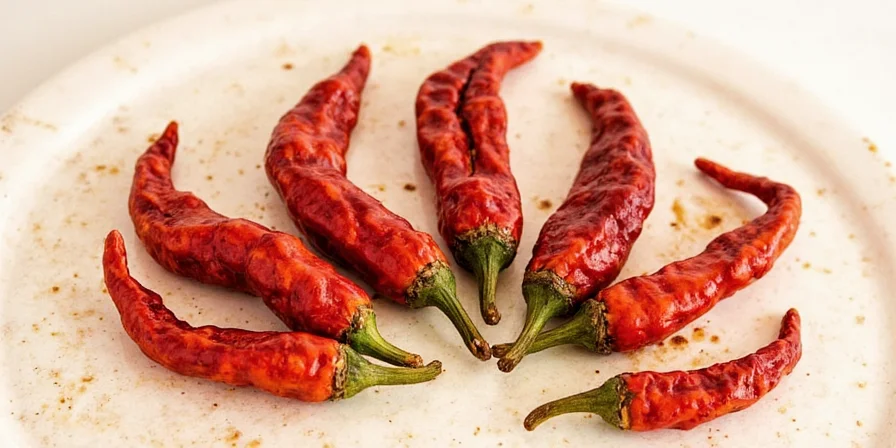
Why Mexican Dried Chiles Are More Than Just Spice
Mexican cuisine wouldn’t be what it is without its iconic dried chiles — they bring more than just heat. These peppers add depth, sweetness, smokiness, and complexity that can elevate even the simplest dish.
Think of them as the backbone of traditional sauces, stews, and marinades. Whether you’re roasting them whole or grinding them into powder, each dried chile has its own unique personality waiting to shine in your kitchen.
The Top 5 Mexican Dried Chiles You Should Know
- Ancho: Sweet, fruity, and slightly raisin-like with mild heat.
- Guajillo: Tart cranberry notes with a touch of citrus and medium heat.
- Pasilla: Earthy, dark chocolate undertones and deep flavor.
- Chipotle: Smoked jalapeño with a bold, spicy kick and barbecue vibes.
- Arbol: Hotter than your tía’s temper, with a grassy bite and fiery finish.
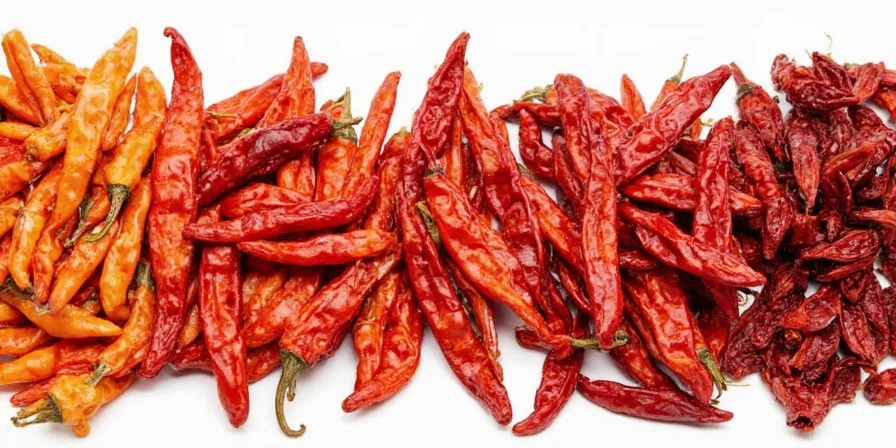
Creative Ways to Use Mexican Dried Chiles in Your Kitchen
You don’t need a full-on taco bar to enjoy these beauties. Try these unexpected ways to put dried chiles to work:
- Make a chile-infused oil for drizzling over popcorn or roasted veggies.
- Blend them into a dipping sauce for grilled meats or seafood.
- Add ground chile to your favorite brownie recipe for a spicy-sweet twist.
- Toast and grind them into a rub for chicken or pork.
- Steep in warm broth for a soothing spiced soup base.
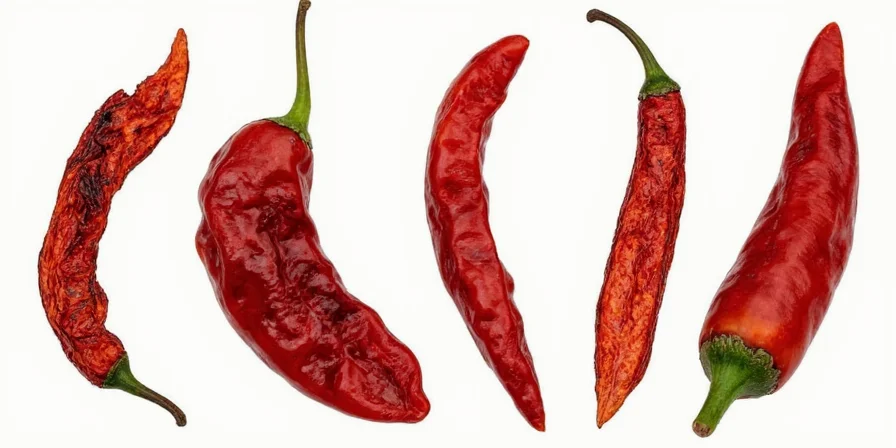
Pro Tips for Handling Heat and Flavor Like a Master Chef
Dried chiles can vary wildly in heat, so here are some pro moves to master them:
- To seed or not to seed? Remove seeds for less heat, keep them for extra fire.
- Toast gently in a dry pan to unlock flavor without burning them.
- Soak in hot water to soften and mellow their bitterness before blending.
- Grind fresh for maximum aroma — store bought powders can lose potency.
- Balance the burn with citrus, dairy, or sweet ingredients like honey or tomatoes.
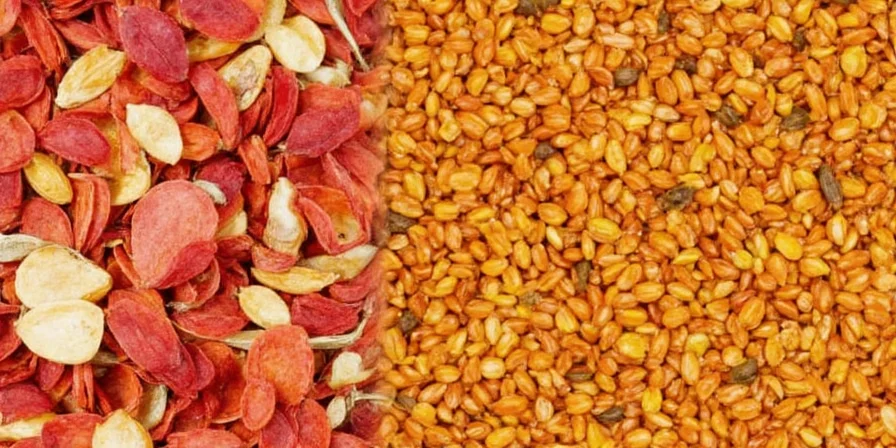
How to Store Dried Chiles Like a Pro
Keep those chiles tasting fresh with these easy storage tips:
- Store whole chiles in airtight bags or jars away from light and moisture.
- Freeze them for long-term freshness — they won’t freeze solid, but will retain flavor.
- Ground chiles should be kept in dark glass jars and used within 6 months.
- Label your stash with dates — yes, they do go stale after a while.
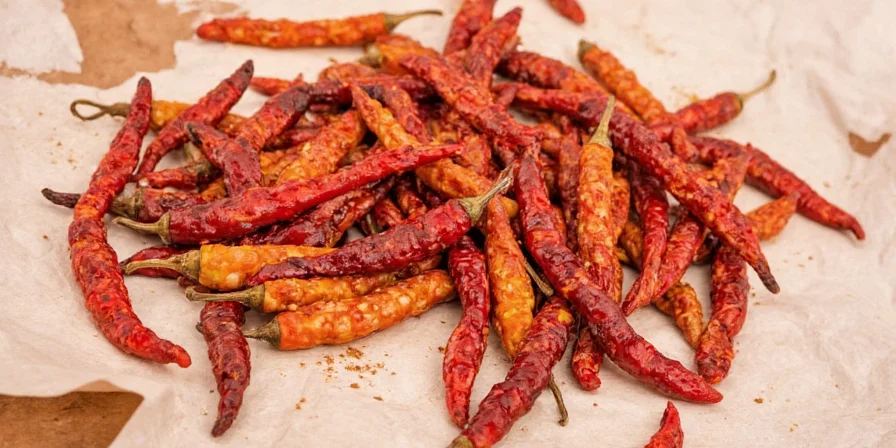
Flavor Pairings That’ll Blow Your Mind
| Chile | Best Flavor Matches |
|---|---|
| Ancho | Cinnamon, cloves, tomatoes, chocolate |
| Guajillo | Orange zest, garlic, sesame, avocado |
| Pasilla | Coffee, molasses, almonds, vanilla |
| Chipotle | Honey, lime, bacon, peaches |
| Arbol | Lime juice, cilantro, coconut milk, mango |
Common Myths About Dried Chiles — Debunked!
- Myth: All dried chiles are super spicy.
Truth: Nope! Some like Ancho are mild and sweet. - Myth: Bigger chiles mean more heat.
Truth: Size doesn’t matter; heat comes from seeds and inner ribs. - Myth: Ground chiles are always easier.
Truth: Freshly toasted and ground chiles offer way better flavor. - Myth: If a little is good, more must be better.
Truth: Respect the balance — too much heat can ruin a dish.
Final Thoughts: Let the Chile Be Your Guide
Mexican dried chiles are like the secret MVPs of your spice rack. Once you understand their personalities, you’ll never want to go back to generic chili powder again. So toast, soak, blend, and season your way to bold, complex flavors that tell stories from south of the border.
Remember, every chile has something to say — all you need to do is listen (and maybe keep a glass of milk nearby).

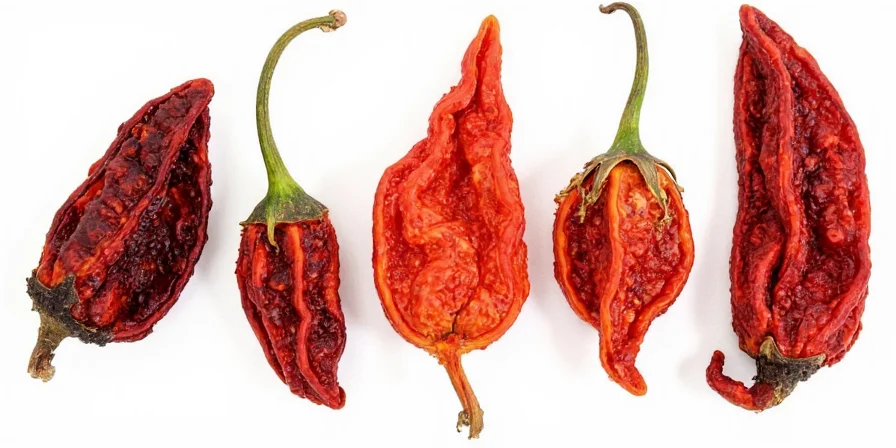









 浙公网安备
33010002000092号
浙公网安备
33010002000092号 浙B2-20120091-4
浙B2-20120091-4